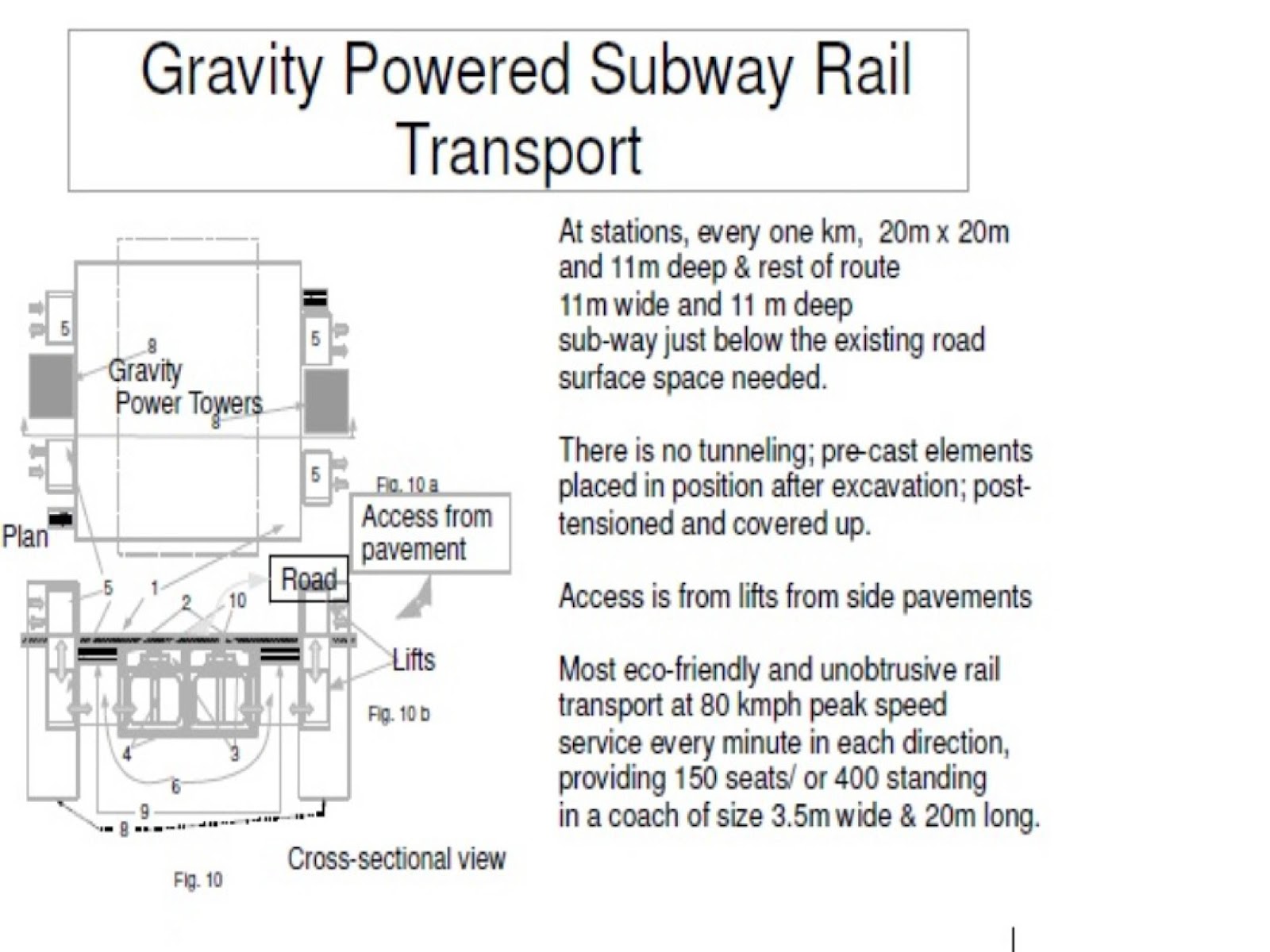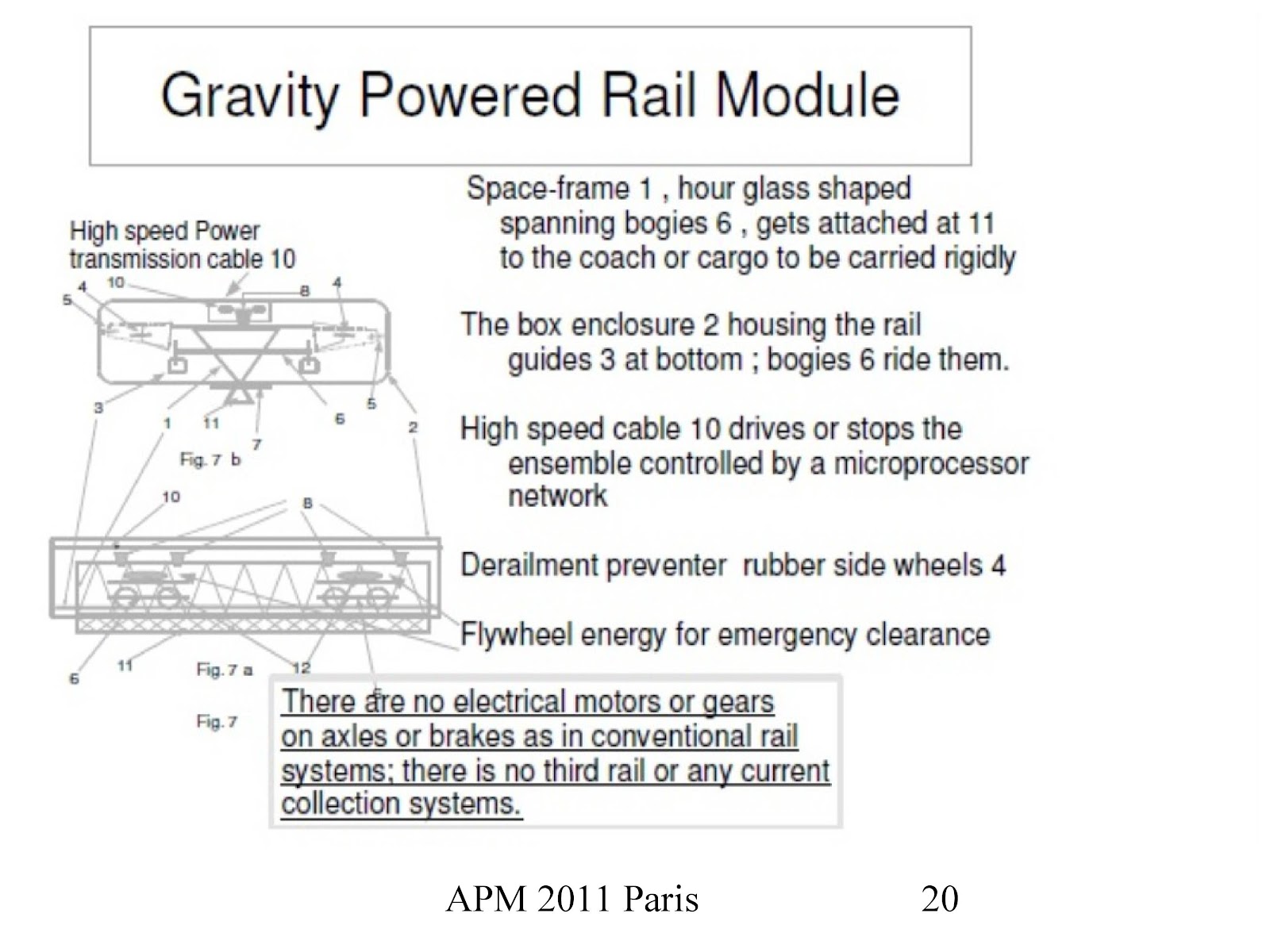Empowered Board for India HSR Skybus 250 -along highway, no new land needed, capsize-free!
Empowered Board for development and delivery of India’s indigenous High Speed Rail based on Skybus technology, running along the national Highways, without need for land acquisition , gravity powered.
Background:
A proposal was submitted through portal for writing to PM India, for India to develop own High Speed Rail , superior to current technologies to make India a leader in providing sustainable development model for transportation.
Image ½ of communication with Prime Minister’s Office
.
The case of grievance closed at PMO forwarding to Ministry of Railways. As follow up for the suggestion being valuable to India and since it is appreciated, a follow up to get the Empowered Board in place as early as possible is in order.
Very gratefully for this opportunity to take up the issue, it is submitted that the undersigned may present a draft action plan to realise the goal of putting India on top .
This plan was submitted to PMO and happily approved to be pursued by Department of Industry and Commerce.
This plan was submitted to PMO and happily approved to be pursued by Department of Industry and Commerce.
Scope :
In this paper the constitution of the Board , the method to formulate rules as done for ITER Empowered Bd for GOI, ( of which I had the honour of being one of the first original members , with specific task of making rules) , delivery model with my experience of having created Konkan Railway, is proposed to be covered.
The Empowered Board:
Objective:
Enable and empower railway industry and engineers to redesign and reconfigure existing elements of proven railway sub assemblies to create a new derailment -proof railway fit for 250 kmph, be capable of following the National Highways in line and grade, both as subway underground or elevated systems as needed..
Two levels of working of Board is contemplated.
- Policy and expenditure oversight level with full powers of Govt of India
- Execution and quick project management level for delivery, answerable to the Empowered Board
The full Board could comprise of
- The Finance Minister.
- The Minister for Railways
- The Minister for Highways
- The Chief Ministers of States through which the alignment is passing
- Managing Director of the PSU for construction and operation of the HSR
- Director Technical ( Mechanical)
- Director Technical ( Civil)
- Director Technical ( Electrical)
- Director technical ( Electronics/IT)
- Director (Finance)
Philosophy and core attitudes of the organisation:
The MOU and Articles of Association for the PSU will be based on the lines adopted for the Konkan Railway .
The organisation is lean and designed for effectiveness and concentrates on proactively working with private parties following canons of financial propriety, while recognising the core aspect of concurrent design and engineering aspect of technology development. Traditional pyramidal management structure avoided- one may not find typical hierarchical structure. Directors should be of such calibre to initiate themselves the cases and proposals- top down and typical file moving up from bottom rungs to Director’s table.
For this we adopt the rules made for ITER India for the relationship management between private partners and the PSU.
Technical modular development leaders, interact with each other and inter alia form empowered committees to deal and finalise every technical and financial issues while working with private partners in concurrently designing and developing the modules.
Concerned Director participates in such issues as needed through electronic conference means. Goal is to hasten but wisely to deliver on time.
The IP rights management will be based on the model adopted for Skybus technology. Then only a passionate working relationship is possible to be creatively productive.
The private industry becomes a pro-active player ; not mere contractors but with a long term stake in technology development.
Entire work is practically paperless and web based. Physical space sharing replaced with electronic space sharing.
Funding :
A project is chosen to connect two major cities - it is proposed to choose Amaravathi to connect to New Delhi. It’s a new capital under construction and we should look to demonstrate for 2050 what the world should look for.
Choosing real life project makes it typically easier to appreciate the numbers.
The alignment is as shown passes through Andhra Pradesh, Telangana, Maharashtra, Madhya Pradesh, Uttar Pradesh.
The map shows the alignment along the NH.65 /NH44 /Yamuna Expressway
Amaravathi-Hyderabad(Ghatkesar)-Adilabad-Nagpur-Chhindwara-Narsinghpur-Sagar- Jhansi-Gwalior-Dholpur-Agra-Noida - New Delhi
The journey is expected to take with this project under 9 hrs.
The journey is expected to take with this project under 9 hrs.
The New Delhi Station nor Amaravathi will be terminal station as traditionally assumed. It will be a transformed as local metro making a circular trip in the city with stations every 500m for exit of passengers and similarly for boarding of passengers. The speeds get reduced to 65 kph within the city.
The maintenance depot will be away from city areas and a multi storied structure as designed for Skybus rolling stock maintenance earlier at Andheri
SO practically requiring no land the HSR makes use of right of way of existing road, without abridging the lane capacity. No habitat or business gets uprooted.
The metro rail in city seamlessly gets integrated in to HSR as the city limits are crossed.
The access to HSR is from 50m long stations in to 50m long trains at various places.
The tentative drawings for the stations elevated or underground are shown.
Construction:
Precast elements post-tensioned , in pre-dug trenches with cut and cover method in case of below ground and bored piles and columns for elevated systems will be the approach. Factories to precast will be located at different locations along the alignment by the private construction partners matters of jobs in different regions and cost saving too.
Sleepers-- 60kg rails and precast special concrete blocks as done for Skybus construction. . But for high speeds to control effective conicity , tolerance standards are specific and special.
The mechanical power conveying cables, smart gear systems for gravity power towers typically described as under.
For full detail description refer Gravity Powered transportation
The Rail Module used 
Specifications, design and development- resources.
The specifications for performance and design and material usage will be jointly developed by private parties and the modular team heads duly verified and validated by third party CENELEC standard Quality Assurance agencies of international repute.
The safety standards too are thus enforced for export potential to be assured.
Synergising internal technical knowhow and wide area network of knowledge base.
Indian Railways have vast experience and a large number of bright young engineers. In rolling stock manufacturing units and RDSO separate dedicated cells will be created who do not follow the normal command control channel, but directly report to module development heads of the PSU. No one is physically shifted but enabled to interact and work together with remote access to each other on the web.
Similarly IITs are shortlisted for specific tasks for research and experimentation as well as mathematical modeling particularly for High Speed transmission cables at 100m/sec to check for flutter and space frame designs and modeling for the bogie frames and coaches.
RCF for the special high speed wheelset development will be chosen with dedicated cell working for the same.
For the traversers and turn table arrangements our production units and a Kolkata firm who came for ward for Skybus case will suffice.
Since entire system is hinging on embedded intelligence and networked to intelligently interact , country’s leading IT giants will be proactively involved.
Costing:
From the experience of developing the Skybus tech and incorporating the higher standards demanded by the High Speed bogie, it is guesstimated at Rs 100 cr per kilometer at this stage pending more detailed preparation of estimates.
So for the 1825 km route the project cost we take as Rs182500 cr.
Funds:
It is proposed Center and states hold equity of 25% of the project cost with rest funded by tax-free or similar bonds duly guaranteed by Govt of India, convertible as shares at future date to privatise partially ownership.Matters of detail, of course.
But 25% of 182500 cr is contributed as equity by the centre and the states with mutual agreement of how much by whom. May be the formula used for Konkan Railway could be adopted.
On 75% raised as debt, if the construction period is taken as debt debt servicing burden finally becomes cost of the project. That will be about 30% of 75% of 182500 cr= 41062. Cr So total cost at completion could be 223562 or say 224,000 cr.
First 5km pilot trial stretch:
The pilot project is put up to confirm and fine tune the designs and specifications first, to firm up and start mass manufacture the system. The pilot project is planned to be completed within two years of sanction at Rs 500 cr.
Hope:
Normally administrative processing eats away all the time denying the benefit of Indian intellect to common people. Infact becomes a black hole syndrome for past 60 years.
Hope Shri Narendra Modi and his team will make a difference to India to realise it’s true potential.




Comments